How To Plan An Unforgettable Peruvian Getaway
Mind-blowing natural beauty, history, and culture await in South America’s low-key luxury oasis.
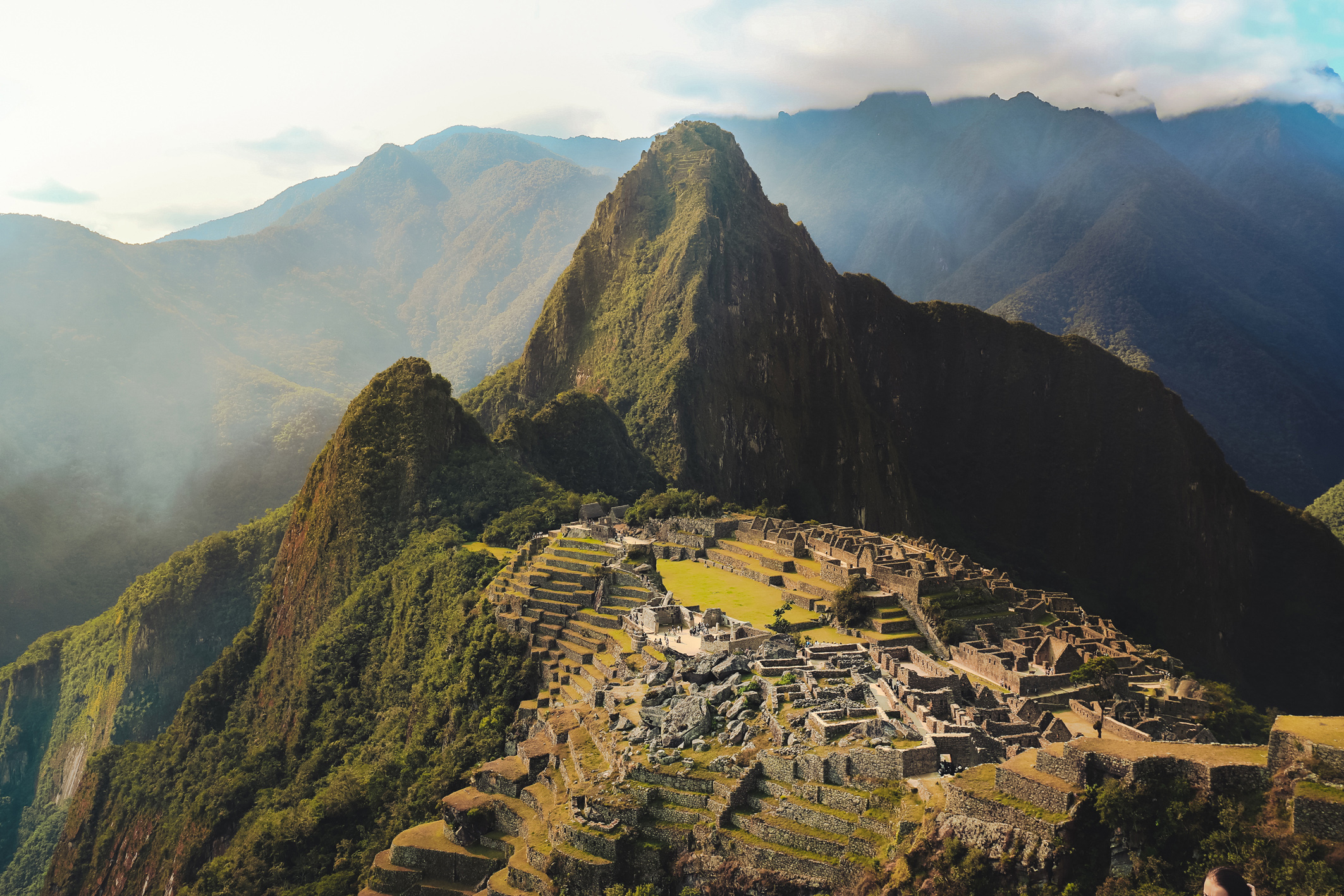
Known as one of the six cradles of civilization—with ancient cultures dating back at least a dozen millenia—Peru is home to some of the world’s most fascinating archaeological wonders. With a diverse topography that spans desert coasts and high plains to Amazonian rainforests and the snow-capped peaks of the Andes, it also contains some of South America’s greatest natural splendors.
Whether you’re drawn by ancient mysteries like the Nazca Lines and Machu Picchu, otherworldly landscapes, or the chance to eat at the world’s best restaurant, Peru offers a rare confluence of bucket-list beauty, history, and culture that few travel experiences can top.
As the country’s tourism industry continues to bounce back after a period of political unrest last year, there may also be no better time to visit. With more luxury hotel and dining options than ever before—at refreshingly inviting prices—and shorter lines of tourists, now’s your chance to discover the treasures of Peru before the hordes descend again.
The Road To Machu Picchu
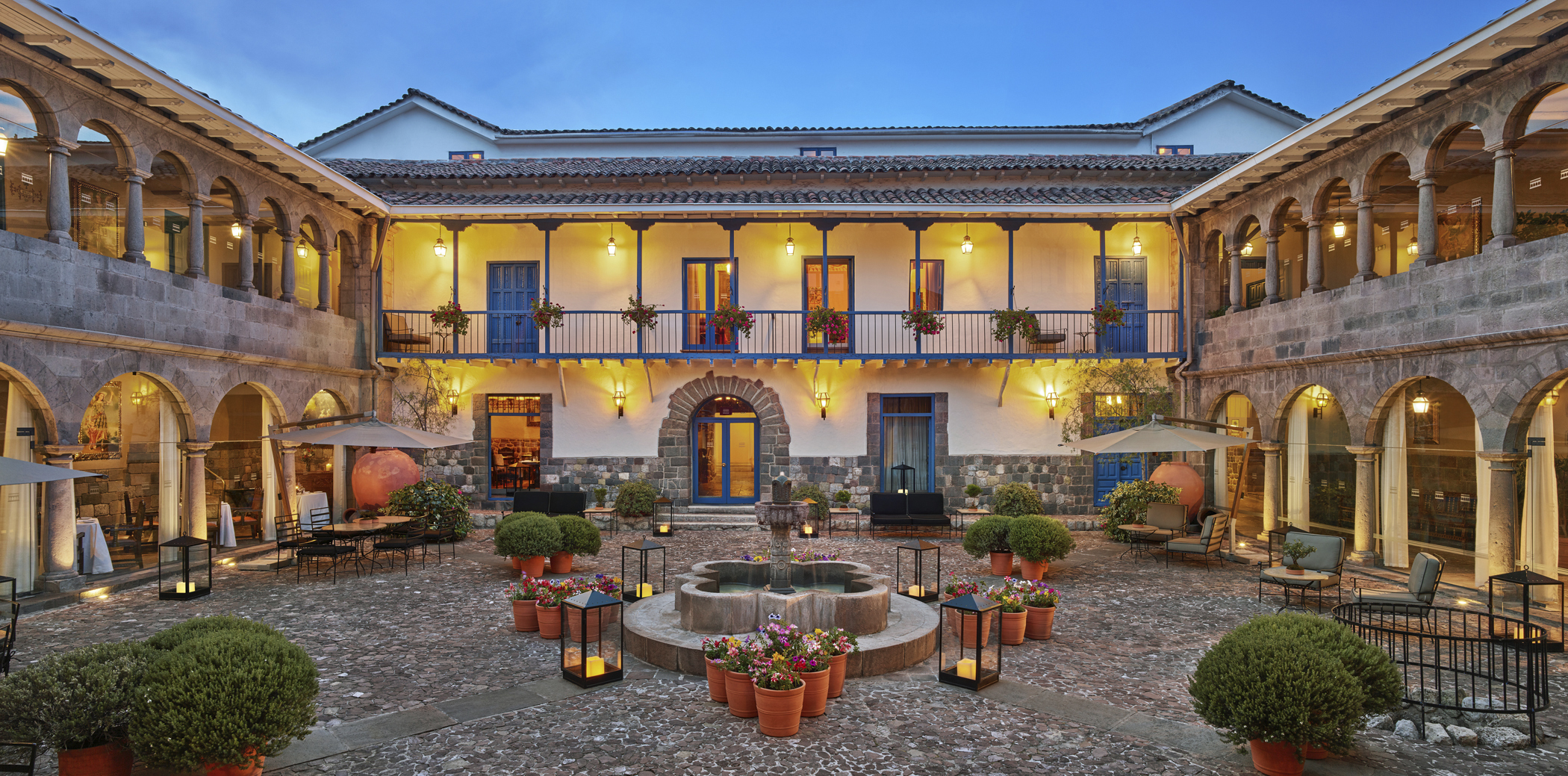
Any journey to Machu Picchu begins in Cusco, about an hour and a half flight from Lima. Once the capital of the Incan empire, the small city is perched in the Andes at a dizzying altitude of 11,500 feet, which can take some getting used to. (Try some cacao tea.)
The historic Palacio del Inka hotel serves as an ideal base camp for excursions through the Sacred Valley, the gateway to Machu Picchu. The 500-year-old former colonial palace is directly adjacent to Coricancha, the Temple of the Sun, once one of the most important sacred sites in the Incan empire. In fact, part of the hotel is built on an original imperial Incan stone wall, with exquisite, precision masonry you can appreciate while sipping a signature pisco sour at the bar. The property, which centers around a Spanish-era open-air courtyard, is a maze of hidden passageways lined with artwork from the pre-Inca, Inca, and colonial periods.
After dinner at Inti Raymi, known for its modern Peruvian Novoandina cuisine, wander through the hotel’s massive wooden doors and down the narrow stone walkway to the heart of town, the Plaza de Armas. On any given night, you’ll hear live music of every stripe pouring out of the second-floor hideaways and basement bars that define Cusco’s surprisingly vibrant nightlife scene.
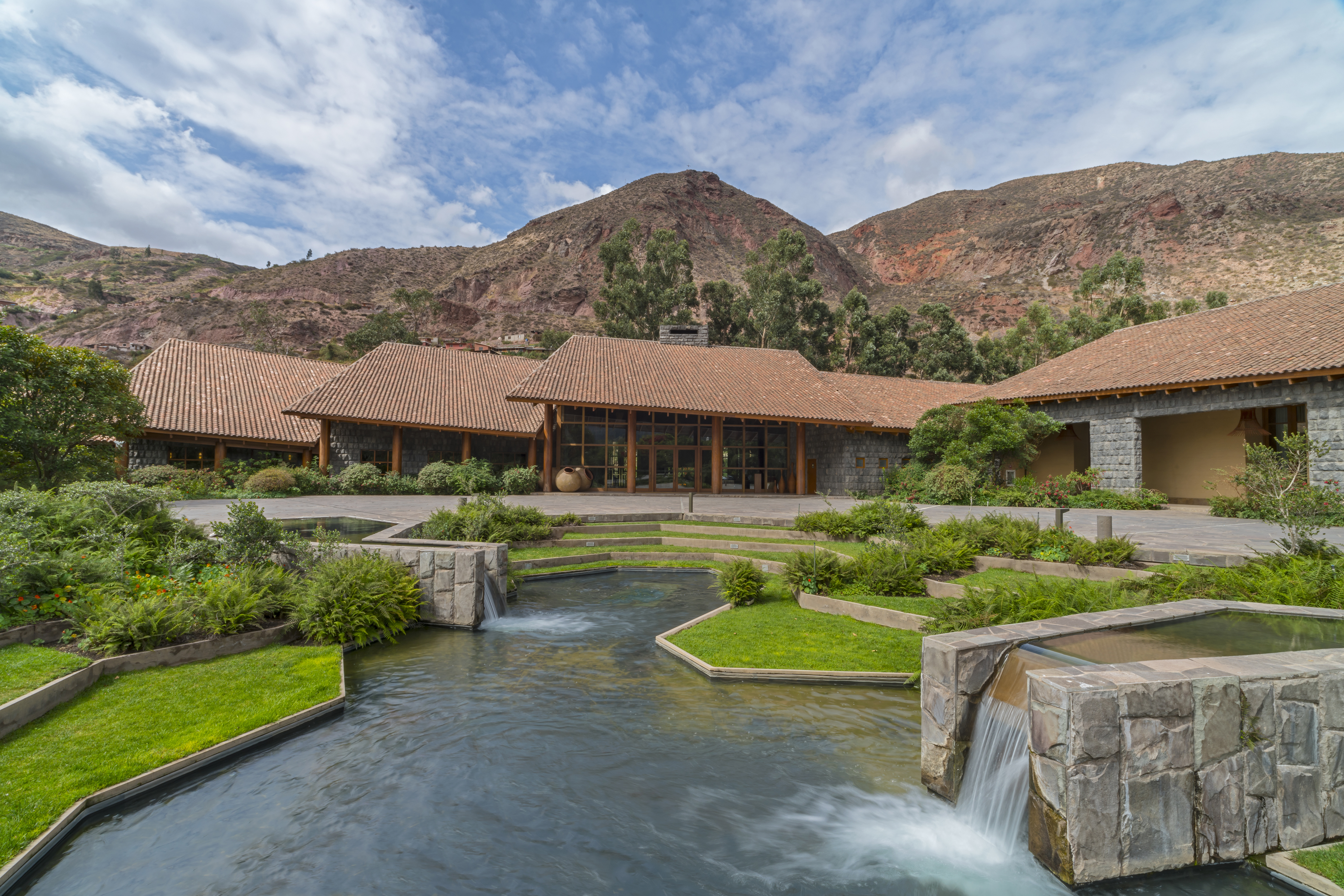
From Cusco, it’s a slow and twisting descent into the Sacred Valley, about a two-hour drive north through the majestic Andean highlands. Rolling countryside gives way to serene mountains, gorges, and cliffs as you wind your way down into the verdant Urubamba River valley.
In the tiny village of Valle Sagrado, you’ll find the Tambo del Inka, a Luxury Collection Resort & Spa, one of the region’s best hotels. Expect to meet an alpaca or two as you wander the property’s extensive gardens and eucalyptus forest, where the vistas are framed by storybook white mountaintops. Relax in the renowned Kallpa thermal spa before indulging in the hotel’s Farm-to-Table Experience, which invites guests to harvest fresh vegetables from the on-site organic farm and sit back as chefs prepare a picture-perfect feast along the banks of the Vilcanota River.
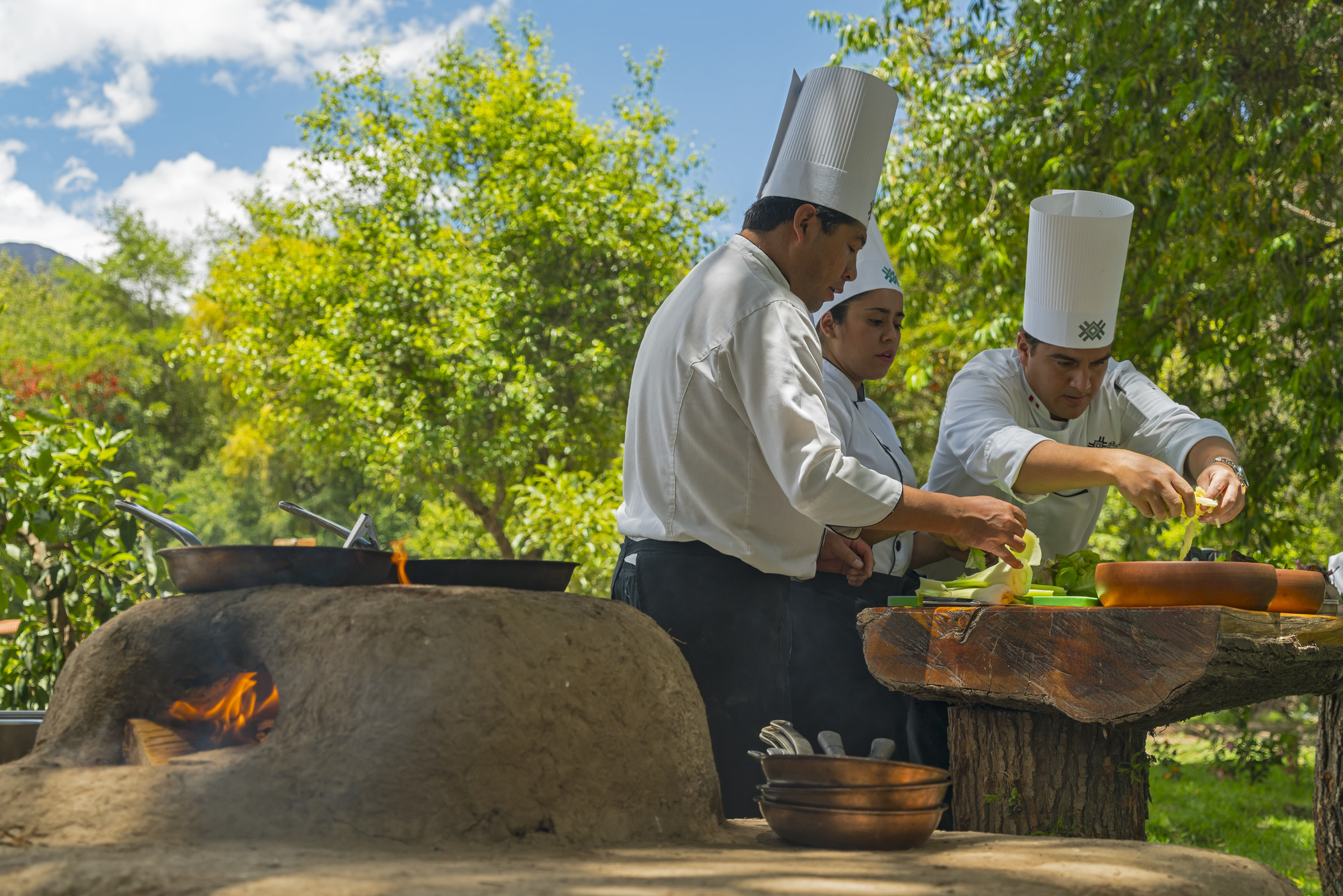
Tambo del Inka’s indoor-outdoor pool, sprawling wood beams and massive stone fireplace provide all the tranquility you need before an early-morning trek to Machu Picchu. The best part is that all you have to do is roll out of bed and stroll down to the property’s private train station. Guests are picked up directly in an elegant 1920s-style train car for the three-hour sojourn along the Incan Path into the tropical mountain forests that contain one of the world’s greatest archaeological discoveries. Enlist the hotel’s professional guides for a seamless experience that allows you to skip the lines and explore this awe-inspiring sacred citadel to its fullest.
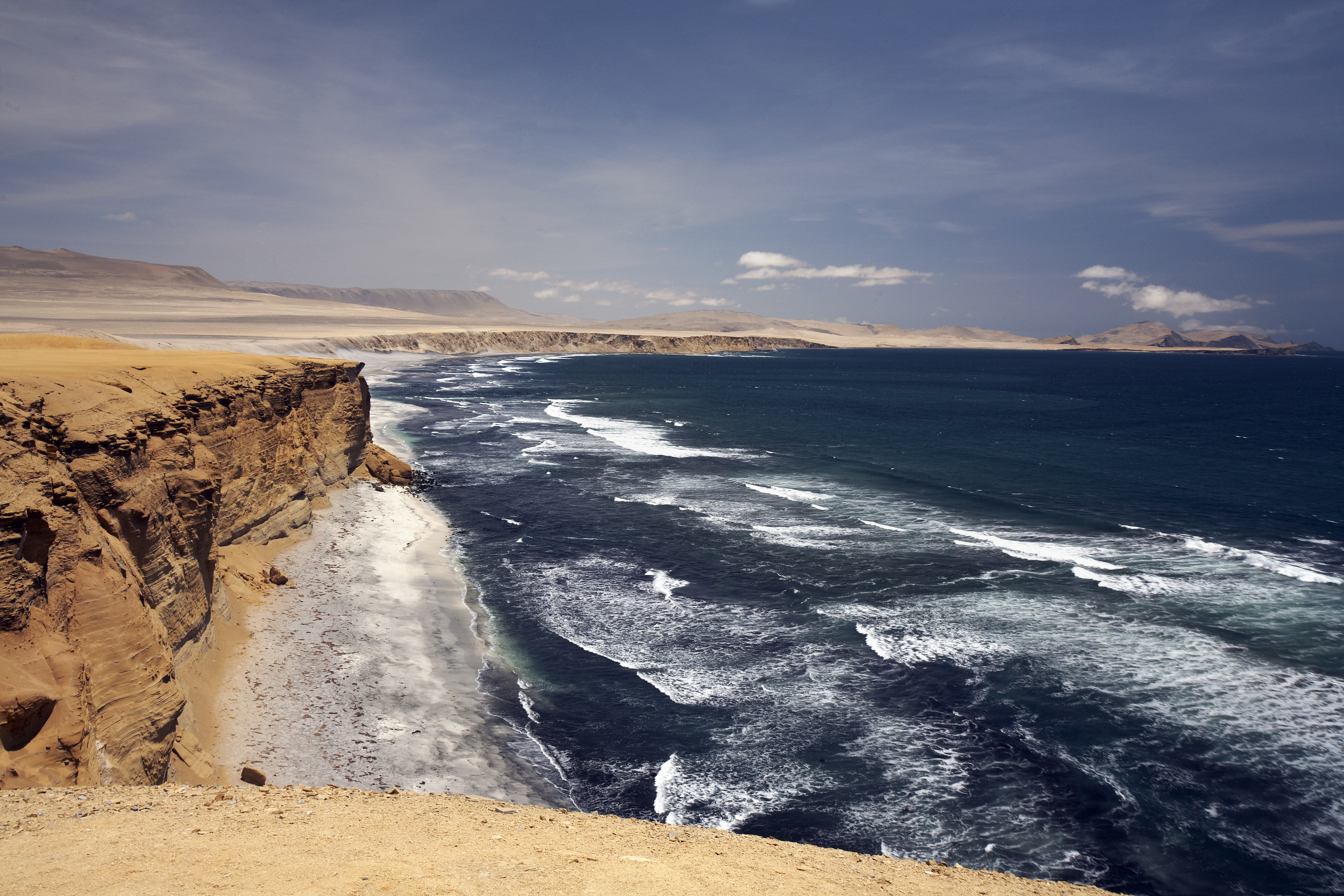
Retreat To The Coast
Machu Picchu’s remoteness is part of what makes it so special, but after a few days of planes, trains, planes and automobiles, you’ll be ready to recline on the Peruvian Pacific. Just a three-hour drive from Lima, the Paracas National Reserve is affectionately known as the “poor man’s Galapagos.” To get there, you pass through vast, Star Wars-style deserts that spill directly into the blue of the ocean.

Ideally situated on the bay facing the preserve is the Hotel Paracas, a Luxury Collection Resort that offers five restaurants, two pristine oceanside pools flanked by palm trees, and a world-class spa. At the end of the hotel’s long private dock, dine on the freshly-caught seafood delicacies that Paracas is famous for at Chalana, where the views are as stunning as the cuisine.
Charter the hotel’s private yacht tour to the magnificent Ballestas islands, where you’ll see marine wildlife like sea lions, dolphins, and Humboldt penguins—along with a mysterious prehistoric glyph carved into the dunes of the peninsula known as the Paracas Candelabra.
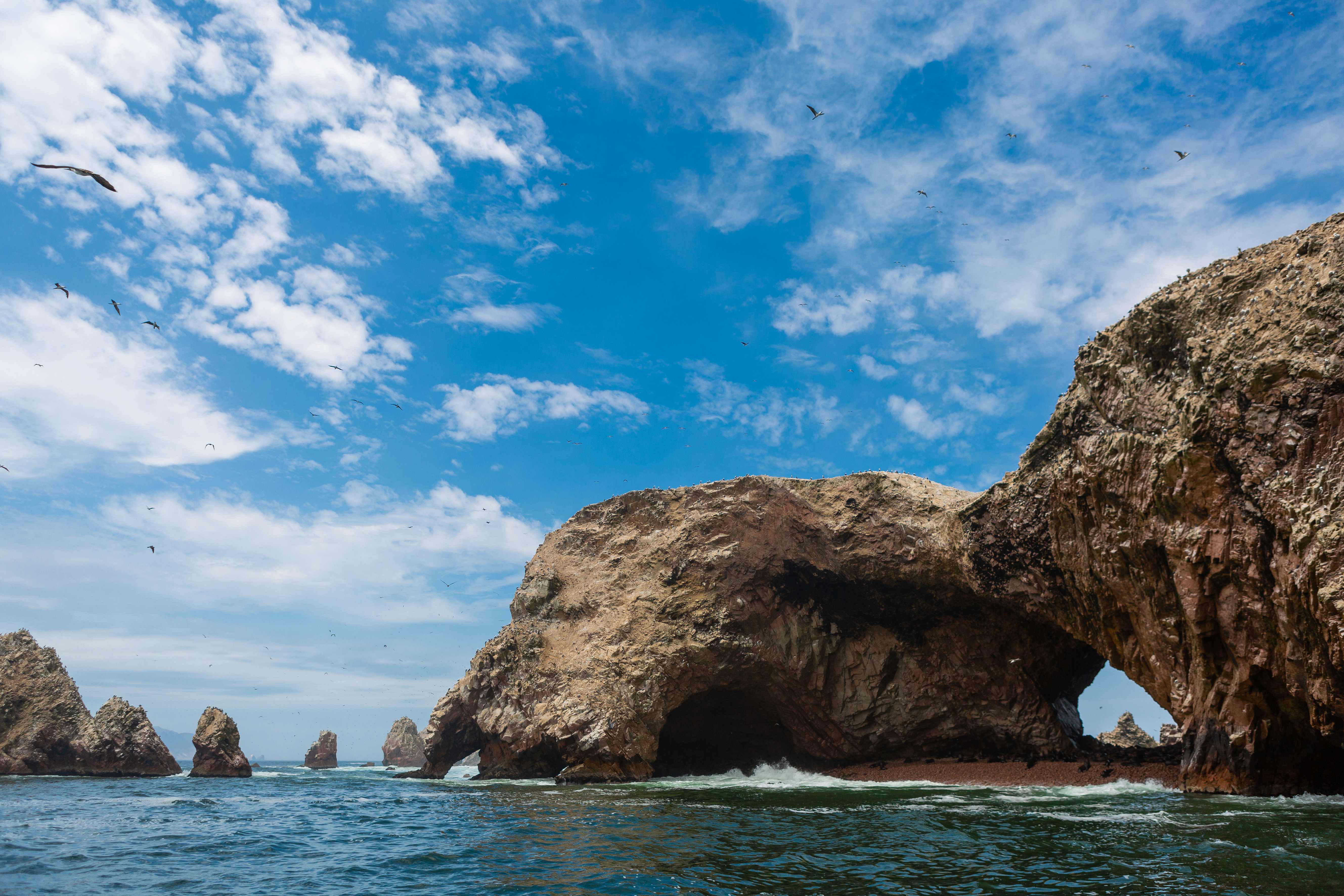
But most importantly, opt for the Scallop Tasting Experience. There’s nothing better than sucking down these succulent morsels raw, plucked from the mineral-rich bay waters while they’re still clapping in their shells—particularly on a yacht with a glass of champagne. If you’re lucky, you’ll get to meet Luis Vereau, a swashbuckling local legend whose family has been farming scallops exclusively in the preserve for generations. In fact, his scallops are so good, they’re exported straight to France.
Take Your Time In Lima
Wherever you travel within Peru, Lima will be your base of operations. Make sure to give this cosmopolitan South American city the attention it deserves as a destination. With a growing and deserved reputation as one of the world’s greatest food towns, Lima is a sprawling urban metropolis comprised of unique individual neighborhoods, including Barranco, a bohemian arts district known for its colorful character, nightlife, boutiques, and galleries.
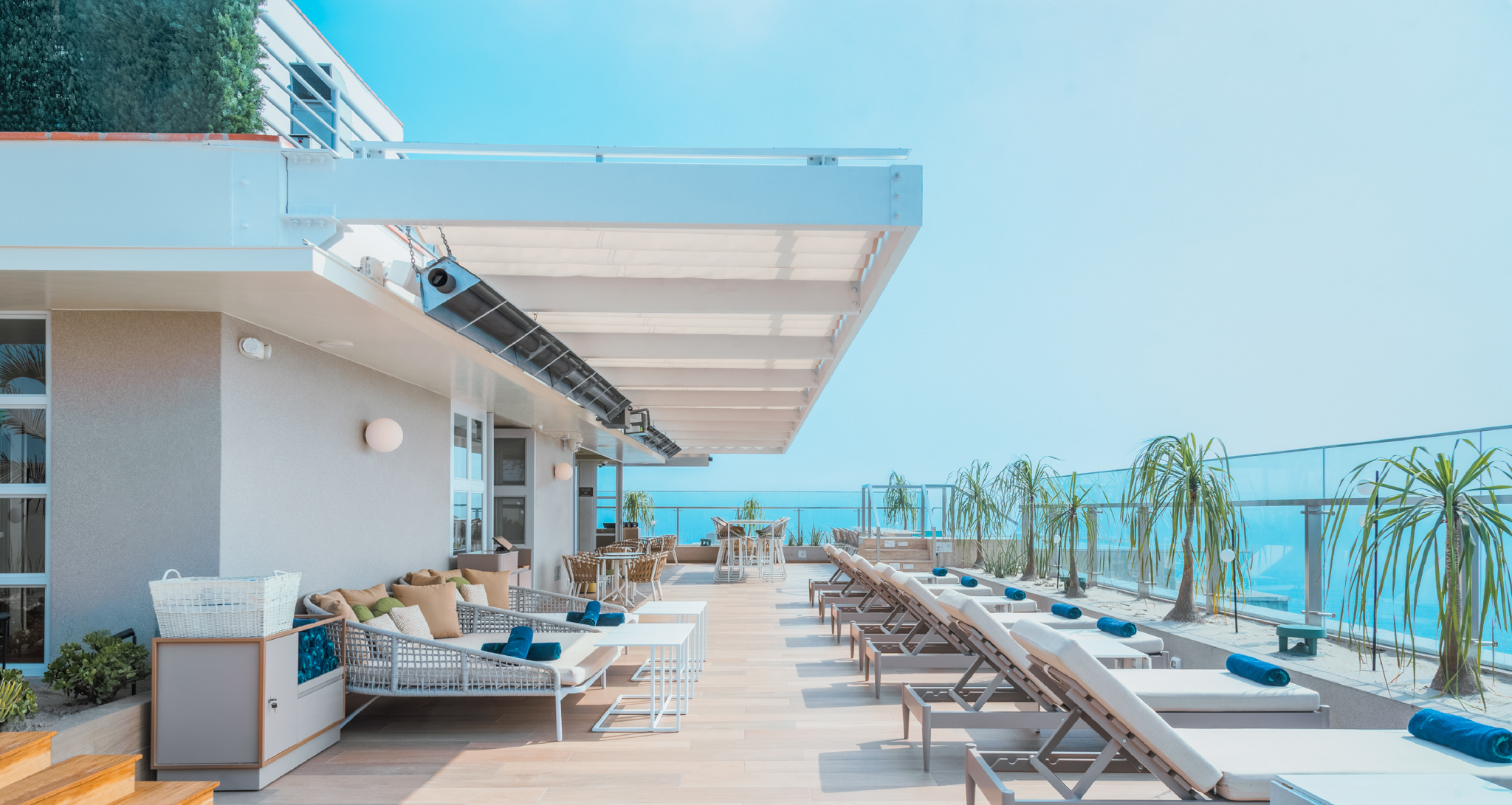
Walk along the park-lined ocean cliffs of Miraflores, the Santa Monica of Lima, where a miles-long green promenade offers the perfect vantage point for watching the surfers down below. For an even more civilized view, stay at the Iberostar Selection Miraflores hotel, a gleaming modern oasis with a lively rooftop bar and pool. You can dip your toe into the Japanese-Peruvian fusion cuisine known as Nikkei at the hotel’s new Kimo restaurant, which offers spectacular sunset views of its own.
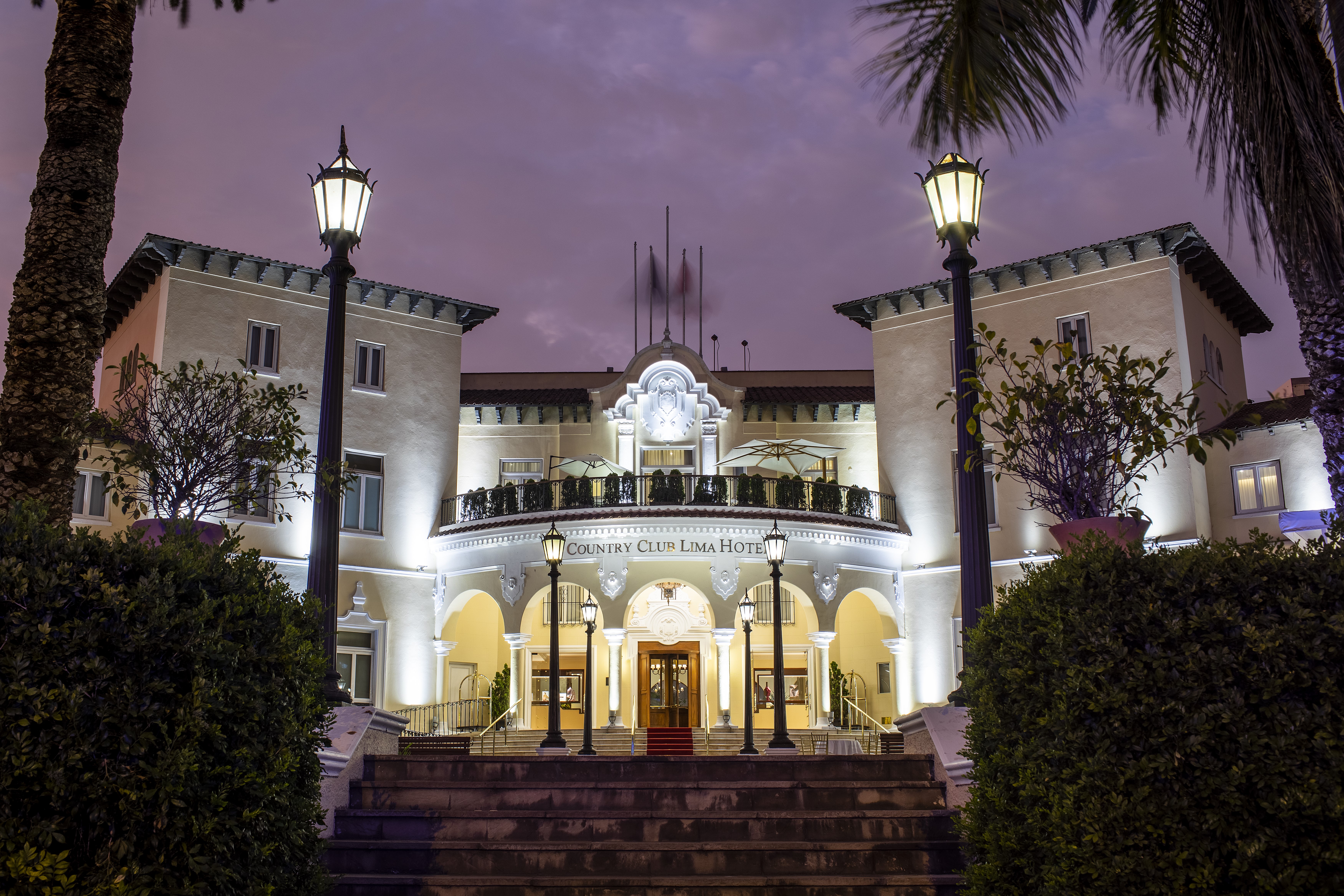
In the upscale San Isidro neighborhood, colonial architecture and modern highrises abut ancient ruins and parks full of twisty, centuries-old olive trees. It’s here where you’ll find the city’s undisputed grande dame, the Country Club Lima Hotel. Built in 1927, it’s the kind of iconic old-world property that feels like it belongs in a John le Carré novel, with antique-filled corridors that have no doubt seen their fair share of whispering diplomats, suspiciously well-dressed foreign businessmen, and untold international intrigues. You can mingle with a revolving cast of captivating characters at the hotel’s storied English Bar, which crafts some of the city’s best pisco sours.
A more modern option down the street, The Westin Lima Hotel & Convention Center is a large and tasteful San Isidro haven for travelers of all kinds. The 30-story hotel offers five restaurants, including reservation-worthy fine dining at Maras, a contemporary showcase for creative Peruvian cuisine. And with 17 treatment rooms, a heated indoor pool, and a thermal water circuit, the hotel’s Heavenly Spa is the largest urban spa in South America.
Before you leave Lima, make sure to visit the Museo Larco, a privately-owned museum housed in an 18th-century vice-royal building covered in flowers. Explore galleries full of 5,000 years of Peruvian pre-Columbian art and history, including a large collection of erotic ceramics, then take a moment to let it all sink in over lunch in the museum’s idyllic garden.
